Once upon a time 6v6 was a popular game format in the United States at the youth level, but in recent years has been phased out in favour of 7v7. However, many leagues and tournaments, particularly indoors, still use 6v6 as their game format. We’ve examined the best formations to play for 5v5, 7v7, 8v8, 9v9 and 11v11. Now to complete the series, here is The Mastermind Site’s comprehensive guide to the Best Formations for 6v6!
2-2-1
This is likely the most popular system of play for 6v6 teams. Most teams want some form of a defensive base and midfield coverage, and it makes perfect sense to then sacrifice an extra player in attack and put them elsewhere on the field. The most obvious drawback to this formation is that the balance it seems to provide can quickly become counter-acted if one of the wingers gets drawn to the middle. With no central midfielder in sight, the wingers may feel obligated to help in central areas. However, if they leave their position the wide areas can become completely exposed. Instead, the striker should look to close the gap in defensive transitions as the defenders and wingers provide cover and balance. It is also possible that this formation could be utilized with two central midfielders rather than wingers. This then might lack width, but could be more conducive to a natural defensive shape in shutting down the middle and remaining compact.
ADAPTABLE FORMATIONS IN OTHER FORMATS
- 7V7 – 3-2-1, 2-3-1
- 8V8 – 3-3-1, 2-4-1
- 9V9 – 3-3-2, 3-4-1
2-1-2
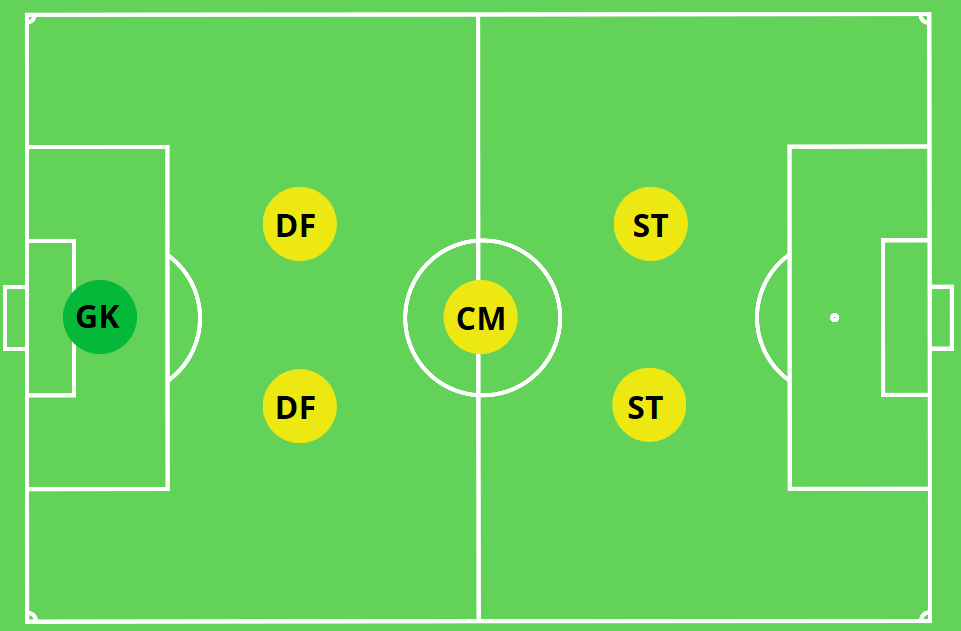
The 2-1-2 is one of the more popular methods for playing 6v6 around the world. Although it might lack in width when compared to the 2-2-1, a great amount of balance is still achieved in the formation. One central midfielder can be used as the natural link between attack and defense and the width can come from whichever forward or defender is nearest to the play at a time. This is a great formation for teaching young players how to work in pairs and could be a great stepping stone to several future formations of different formats. On the flip side, it may be particularly top heavy. Two strikers at the 6v6 level can leave a team with a lot left to be desired in the middle of the pitch and this then becomes overly-reliant on the central midfielder to pick up the slack. However, for what it offers in attack and its otherwise solid balance, the 2-1-2 should certainly be a formation up for consideration of any team playing 6v6.
ADAPTABLE FORMATIONS IN OTHER FORMATS
- 7V7 – 3-1-2, 2-2-2
- 8V8 – 3-2-2, 2-3-2
- 9V9 – 3-2-3, 2-4-2
3-1-1
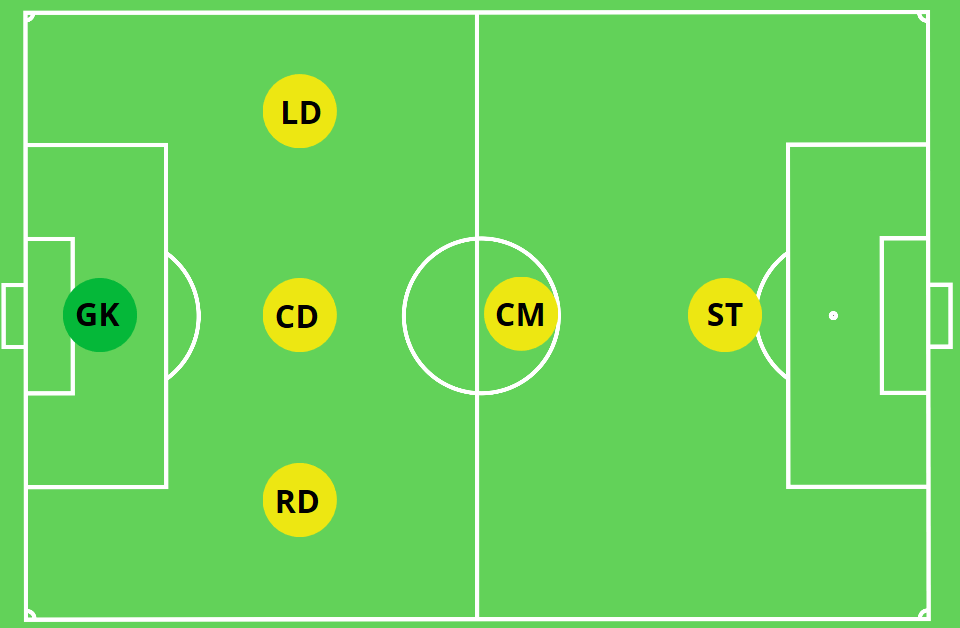
On paper, one look at the 3-1-1 and you may completely disregard the formation. It is after all in appearance very defensive. However, done right I believe this can be the best 6v6 formation to use and have the capacity to beat any team. In this formation, the fullbacks (left and right defenders) need to join the attack. When the ball is on the left, the right defender can push up…and vice versa. The central midfielder then becomes an integral link in both dictating the tempo on-the-ball and also creating space on the opposite side of the fullback in attacking transitions. Undoubtedly this may be overly complex for young players. But the 3-1-1 can also be simplified to just a very defensive, park-the-bus esque system of play and this may frustrate the best of teams. Regardless of the approach, for teams hoping to play on the counter and explode forward at the right moments, the 3-1-1 is quite simply the best choice.
ADAPTABLE FORMATIONS IN OTHER FORMATS
- 7V7 – 3-1-2, 3-1-1-1
- 8V8 – 3-3-1, 4-2-1
- 9V9 – 4-3-1, 3-3-2
1-3-1
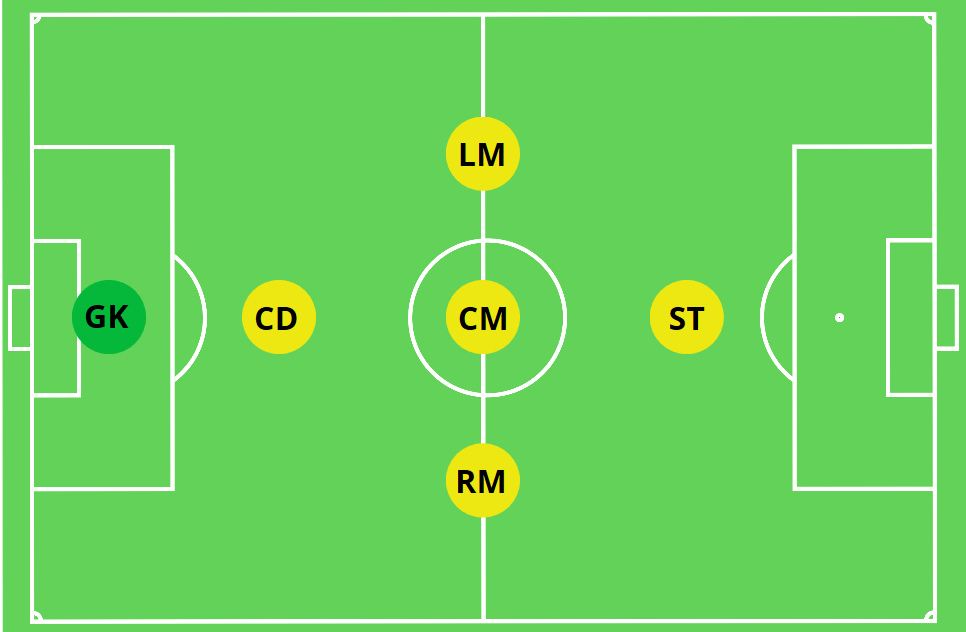
Perhaps a less common formation that deserves attention, the 1-3-1 provides unique balance and squashes the issue that the 2-1-2 and 2-2-1 have of somehow achieving both width and cover in central areas. The striker should never become isolated with three midfielders in behind, but what it may lack is in having the necessary cover in behind if anything were to go wrong. Having only 1 defender is risky, even at the 6v6 level. But if the midfielders are diligent and do the work they need to do, there is no reason why this formation cannot work. For teams that have just made the jump up from utilizing a diamond formation at 5v5, the 1-3-1 could be a great option as it maintains much of the same principles. The defensive side of the game really is the only worry for this formation and so with the right players who understand the need to come back and help in defense, there is no reason why the 1-3-1 can’t be a fantastic option for any coach to consider.
ADAPTABLE FORMATIONS IN OTHER FORMATS
- 7V7 – 2-3-1, 1-3-2
- 8V8 – 2-4-1, 2-3-2
- 9V9 – 2-4-2, 2-3-3
So there it is! The Best Formations for 6v6. It’s extremely hard to achieve the neccessary balance between attack and defense, and width vs. compactness in smaller game formats such as 6v6. However, hopefully this guide can help you decide which formation is best for your team moving forward and provide you with knowledge on how they can be adapted to future game formats. Thanks for reading and see you soon!
Also be sure to check out the rest of the series!
- Best Formations for 5v5
- Best Formations for 7v7
- Best Formations for 8v8
- Best Formations for 9v9 (Part 1)
- Best Formations for 9v9 (Part 2)
- Best Formations for 11v11

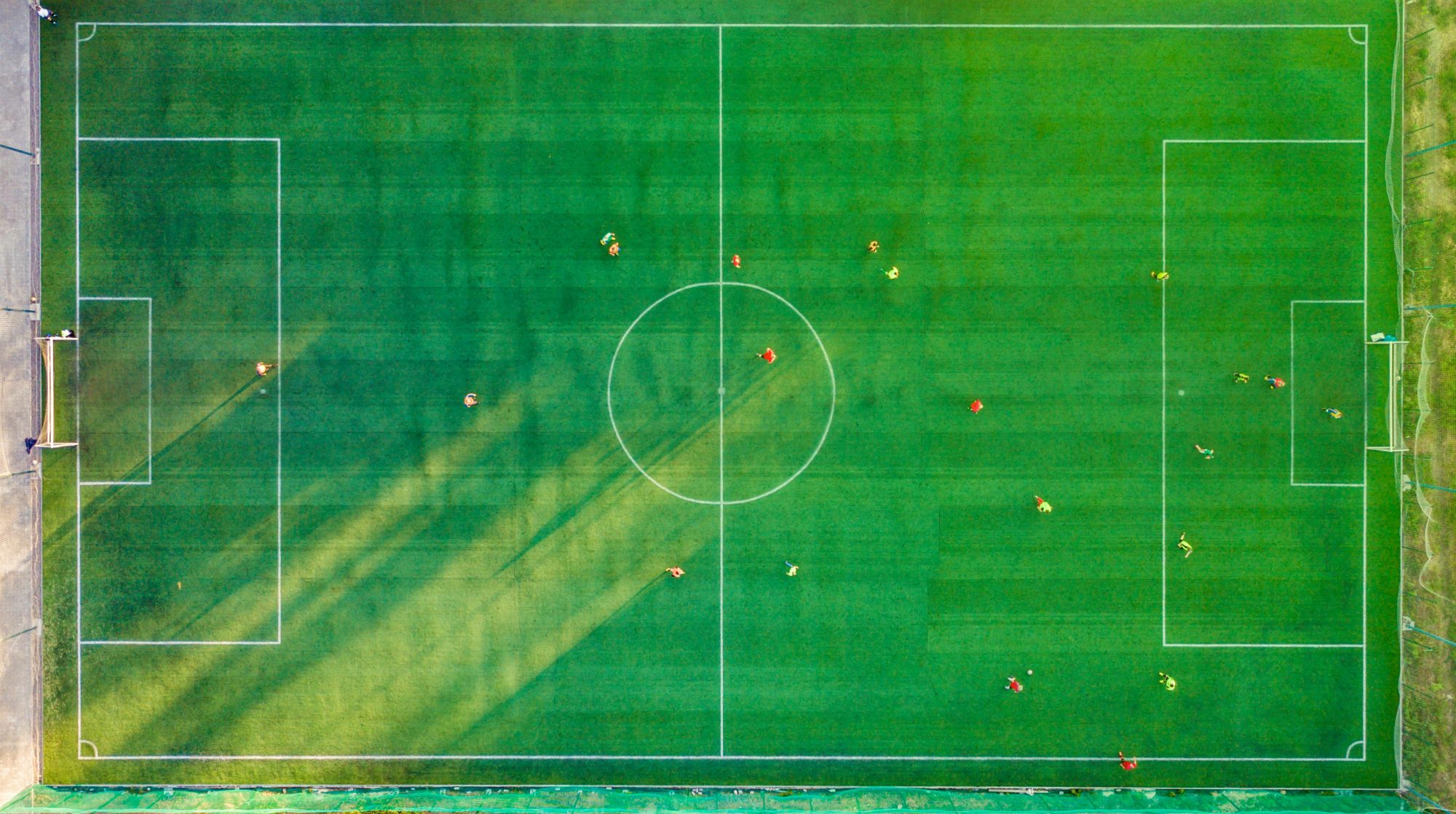



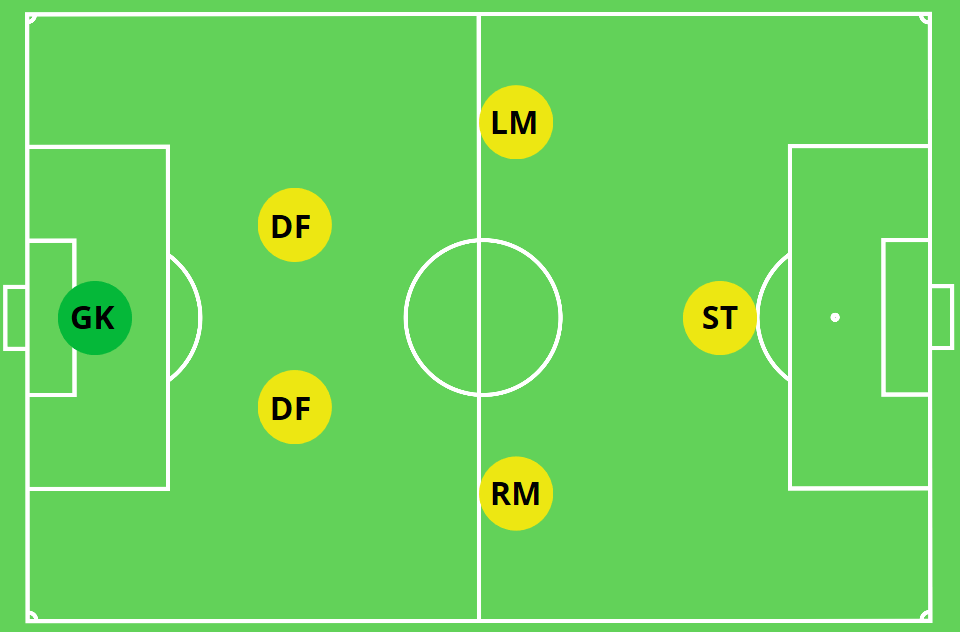
One thought on “Best Formations for 6v6”